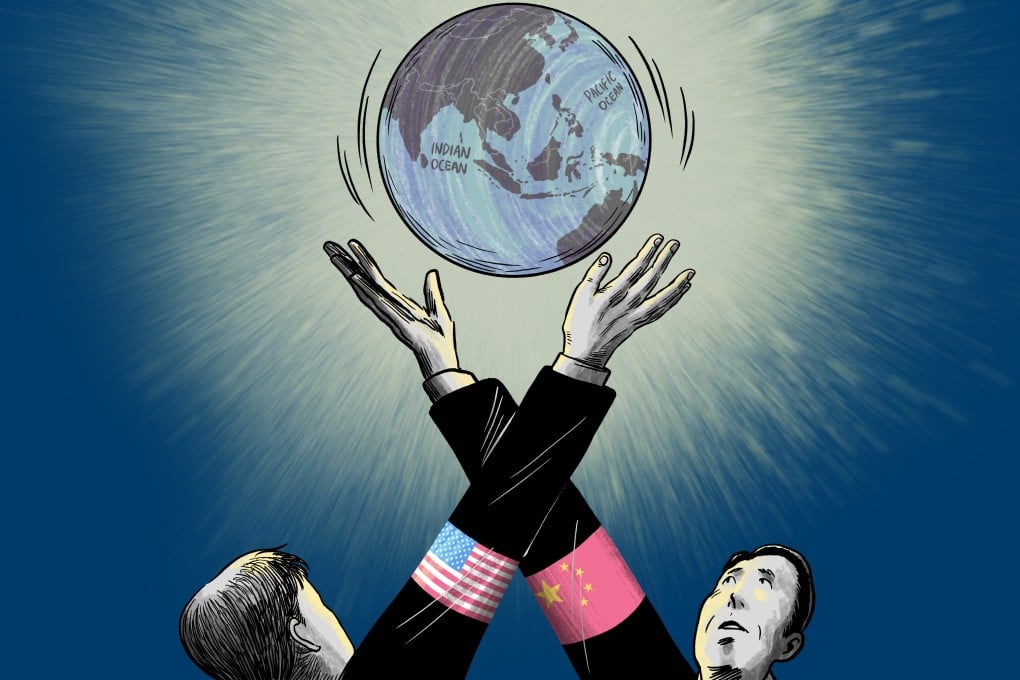Asian Angle | 6 reasons the Indo-Pacific became a battleground for US-China influence
Discover the key factors driving this shift, the role India plays, and the potential that it holds for Southeast Asia

Asia is currently experiencing significant geopolitical shifts, driven by a confluence of interrelated forces. The term “Indo-Pacific” has increasingly supplanted “Asia-Pacific” in strategic discussions, reflecting a broader geopolitical scope that encompasses both the Indian and Pacific Oceans. This shift highlights the interconnectedness of security, economics, and politics across these areas.
This article presents six observations on why the Indo-Pacific is becoming the next battleground for primacy and prosperity.
1. Asian Century vs diversity
Asia’s influence will not keep pace with its economic growth to the same degree as the West, because Asia is a contrived geographical agglomeration, glossing over irreconcilable differences not seen in the West. This diversity is both a strength and a challenge. When harnessed effectively, it can be a source of creativity, economic synergy, and cultural richness, giving Asia a competitive edge.

